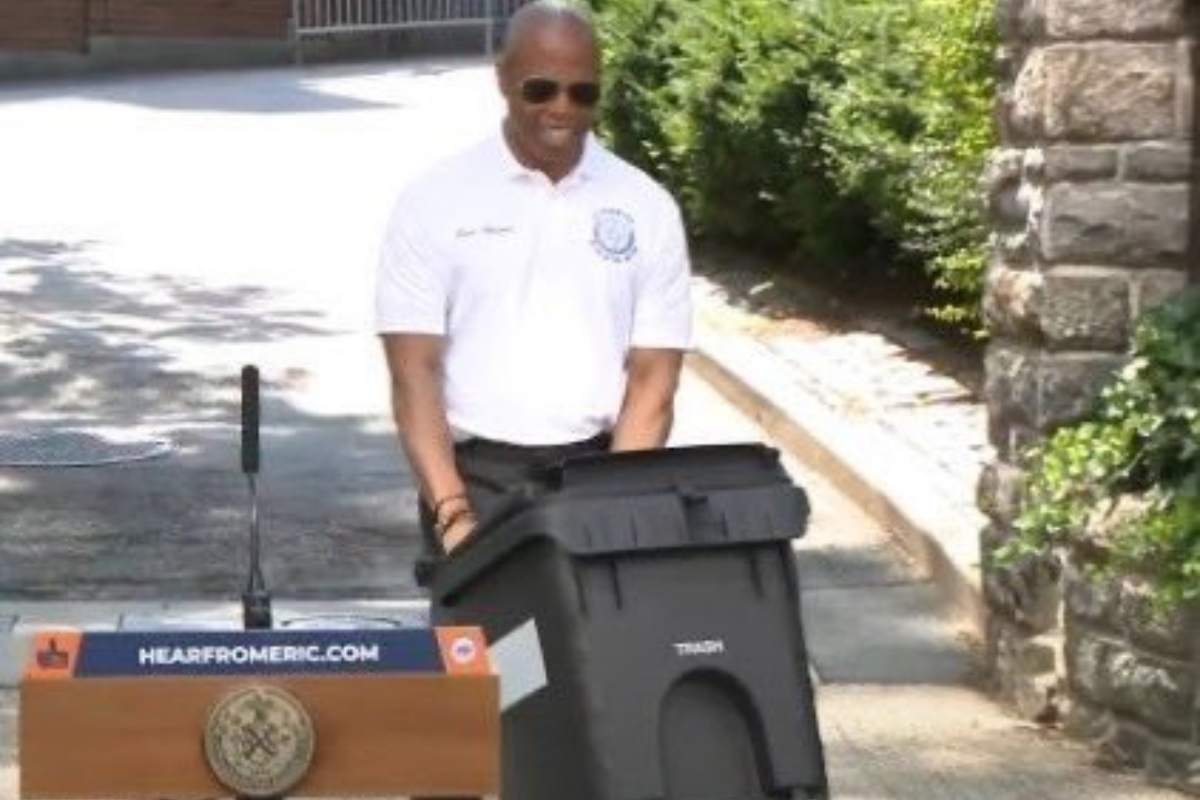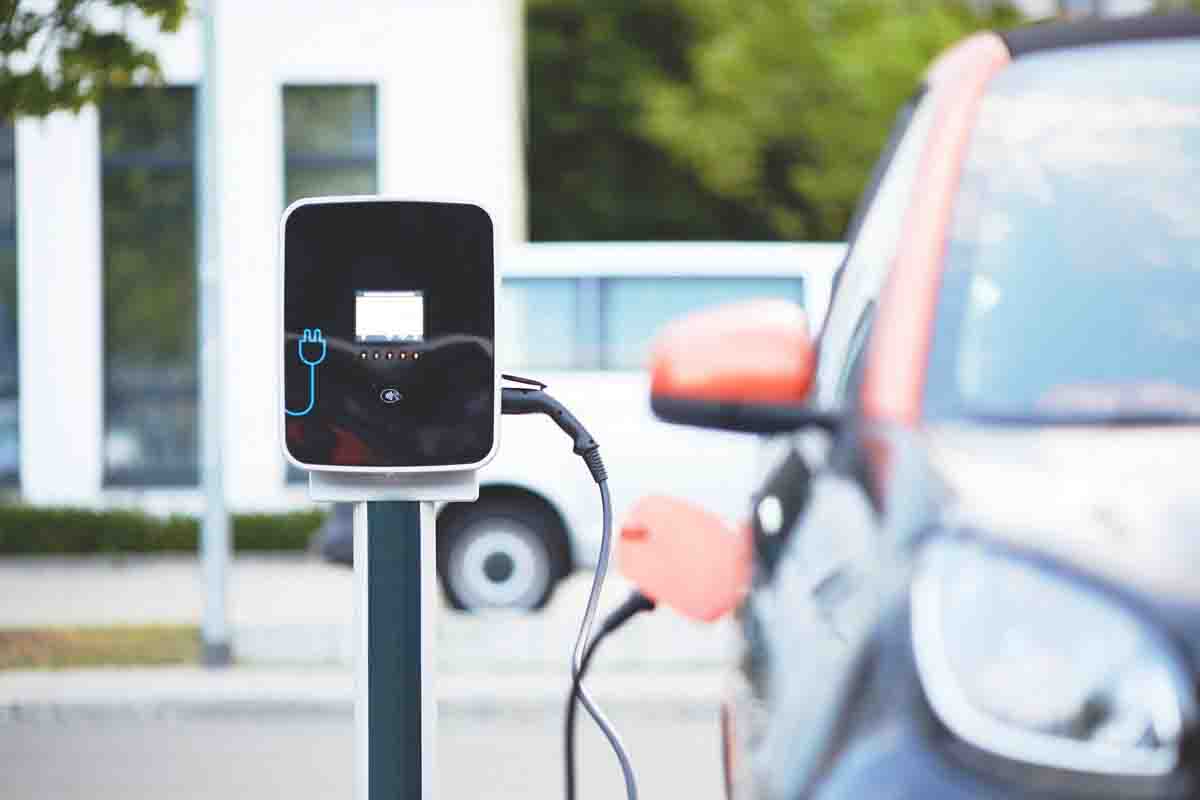New York always seems so ahead, but is it really? Judging by this episode it seems that when it comes to waste it isn't at all

@wigsandtea_/X
The Mayor of New York City, Eric Adams, has recently implemented a significant change in urban waste management. Is it something innovative? Not quite, and it has even sparked quite a bit of laughter (and reflection) on social media due to its seemingly absurd simplicity.
He announced a mandate for the use of covered trash bins, replacing the traditional garbage bags left on sidewalks. This new regulation, set to take effect in November, aims to reduce the amount of exposed waste and combat the city’s longstanding rat infestation problem.
During a press conference held on July 8, Adams proudly demonstrated the new system to the tune of Jay-Z and Alicia Keys’ “Empire State of Mind.” He showed how to use the new lidded bins, calling this initiative a “waste revolution”.
Unsurprisingly, the video went viral on social media, drawing much irony from users. Even the mayor acknowledged that the idea of using trash bins is not globally innovative. However, it represents a significant change for New Yorkers, who have been accustomed to leaving black bags on the street for decades.
Next steps
Starting November 12, owners of residential buildings with fewer than ten units will be required to adopt these bins, which must not exceed 52.8 gallons (200 liters) and must have a hermetically sealed lid. The second phase of the regulation mandates that, beginning in June 2026, all property owners must purchase standardized bins provided by the city, called “NYC Bin,” estimated to cost $51 with a ten-year lifespan.
As mentioned, the announcement elicited mixed reactions on social media. Many users mocked the timing of the measure, noting how other cities adopted similar systems decades ago. Sarcastic comments pointed out how New York is only now reaching standards considered normal elsewhere. However, there are also supportive voices that see this initiative as a step towards a cleaner and more livable city.
Health Commissioner Jessica Tisch explained that 95% of residential buildings will be affected by the new regulation, aiming to reduce sidewalk trash by 70%. Penalties for non-compliance include initial fines of $50, which can increase to $200 for repeat offenses.
Despite some viewing it as a belated move, this step marks an important change in New York’s waste management, aiming to improve public hygiene and reduce the proliferation of rats and other pests on city streets.
New York City is living in the future!!!
Look at the Mayor announcing the city will now use trash bins instead of dumping their trash on the streets like barbarians.pic.twitter.com/c49dAlWC26
— Breanna Morello (@BreannaMorello) July 8, 2024

